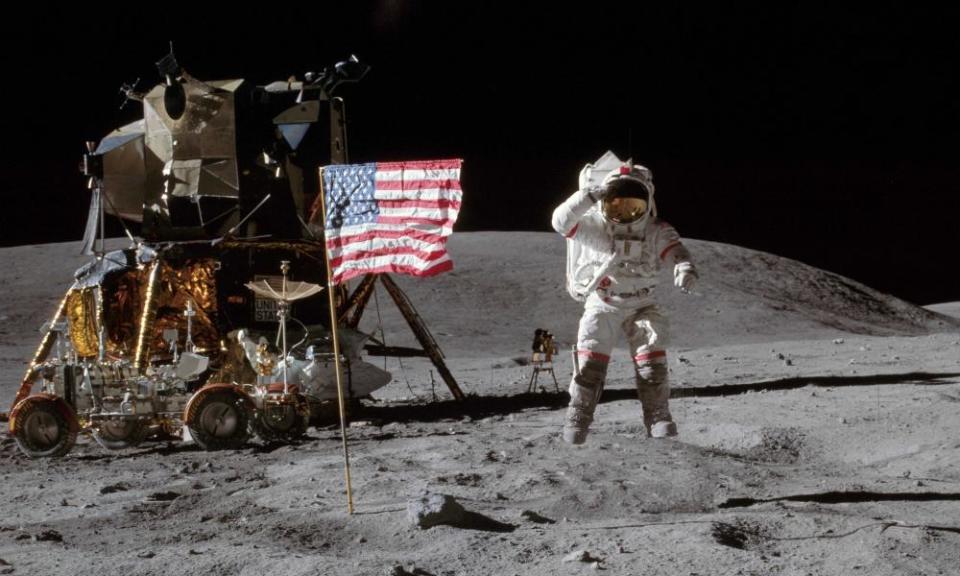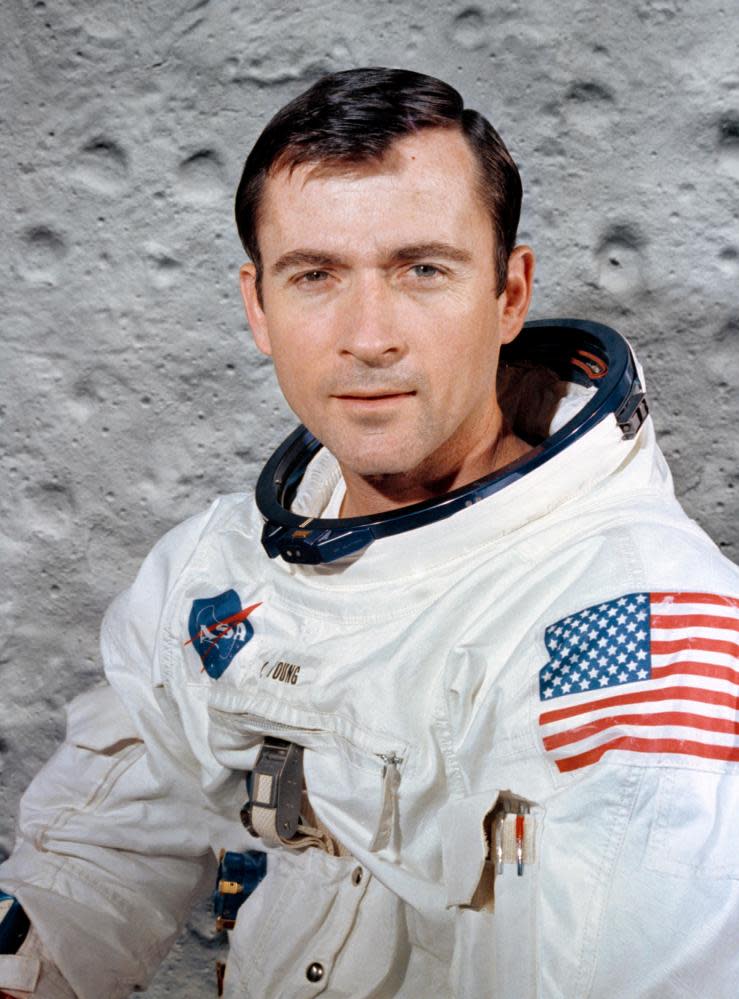John Young obituary

The astronaut John Young, who has died aged 87, was the ninth man to walk on the moon, as commander of Nasa’s Apollo 16 mission in 1972, and landed the first US space shuttle in 1981. Young epitomised the indomitable spirit of his era; after the space shuttle landing, he said: “We’re really not too far from going to the stars.” He was described by Lee Silver, the California Institute of Technology professor who trained many Apollo astronauts, as the “archetypical extraterrestrial”.
Young’s career as an astronaut began in the early 1960s. The first astronauts had been recruited in 1959, with the Mercury Seven, a group that included the first American in space, Alan Shepard, and the first American in orbit, John Glenn. In 1962 came the New Nine, also known as Astronaut Group 2, among them the first two men to land on the moon, Neil Armstrong and Buzz Aldrin – and Young.
Young’s relationship with the moon was lengthy, and he finally got to stand on its surface in April 1972. He shared three Apollo 16 moonwalks with Charles Duke, and deployed the lunar roving vehicle on only its second outing. “We wanted to see how the vehicle handled,” Young said. “We had the camera there to document it too, which nobody else had done before. It was like driving on ice when you cut the thing too sharp at about five or seven kilometres per hour. It would slide out and go backwards.”, But by then space flight was seen by many members of the public as boring and old hat.

His previous voyage to the moon had attracted far more publicity. After a decade of waiting, in 1969 space flight was big news. Between 18 and 26 May that year, Young was one of the three-strong crew on Apollo 10, which circumnavigated the moon 31 times in the dress rehearsal for Apollo 11, the moon landing itself, which began on 16 July. On Apollo 10 he remained on the command module in orbit, while his two fellow crew members skimmed above the moon’s surface.
Three types of spacecraft had paved the way. The initial Mercury programme was about getting a man into orbit around Earth, and the interim stage before the Apollo flights was the Gemini programme. Young flew in the two-person Gemini capsules; he shared Gemini 3, the first flight in 1965, with Gus Grissom, and in 1966 commanded Gemini 10.
Twenty years later, in the wake of the Challenger space shuttle disaster of January 1986, in which seven crew members perished 73 seconds after takeoff, Young showed he was not afraid to criticise Nasa. As chief of the astronaut office, he told the presidential commission looking into the affair that there were many flaws in the design and “it’s not going to be a cheap quick fix”.
The son of William Young, a civil engineer, and his wife, Wanda (nee Howland), John was born in San Francisco, California, 11 months after the Wall Street crash. Times were tough, and within 18 months the family had moved to Cartersville, Georgia. Soon they were moving again, to Orlando, Florida, where John completed his studies at the local high school in 1948.
Back in Georgia, at the Institute of Technology, he trained with the US Navy reserve while taking a BSc in aeronautical engineering with the highest honours in 1952. By June of that year he had been commissioned as an ensign. He served on the USS Laws in the Sea of Japan during the closing stages of the Korean war. Training as a naval aviator led him from helicopters to fighters and on to service on the aircraft carrier Coral Sea, flying subsonic Grumman F-9 Cougars, before he joined the first “super carrier”, the USS Forrestal, flying supersonic Vought F-8s. Young spent three years in the early 60s at the US Naval Air Test Center in Maryland. Among his achievements there was establishing two world rate-of-climb records in a McDonnell-Douglas Phantom II fighter.
He received several awards, including the Congressional Space Medal of Honor in 1981 for his role in the space shuttle programme. As well as commanding the space shuttle Columbia during its first orbital flight in 1981, he headed the Columbia mission in 1983 that carried the Spacelab module – a reusable laboratory – into orbit for the first time. He published his autobiography, Forever Young, in 2012.
Young is survived by his second wife, Susy Feldman, and by the two children, Sandra and John, from his first marriage, to Barbara White, which ended in divorce.
• John Watts Young, astronaut, naval aviator, test pilot and engineer, born 24 September 1930; died 5 January 2018

 Yahoo News
Yahoo News 